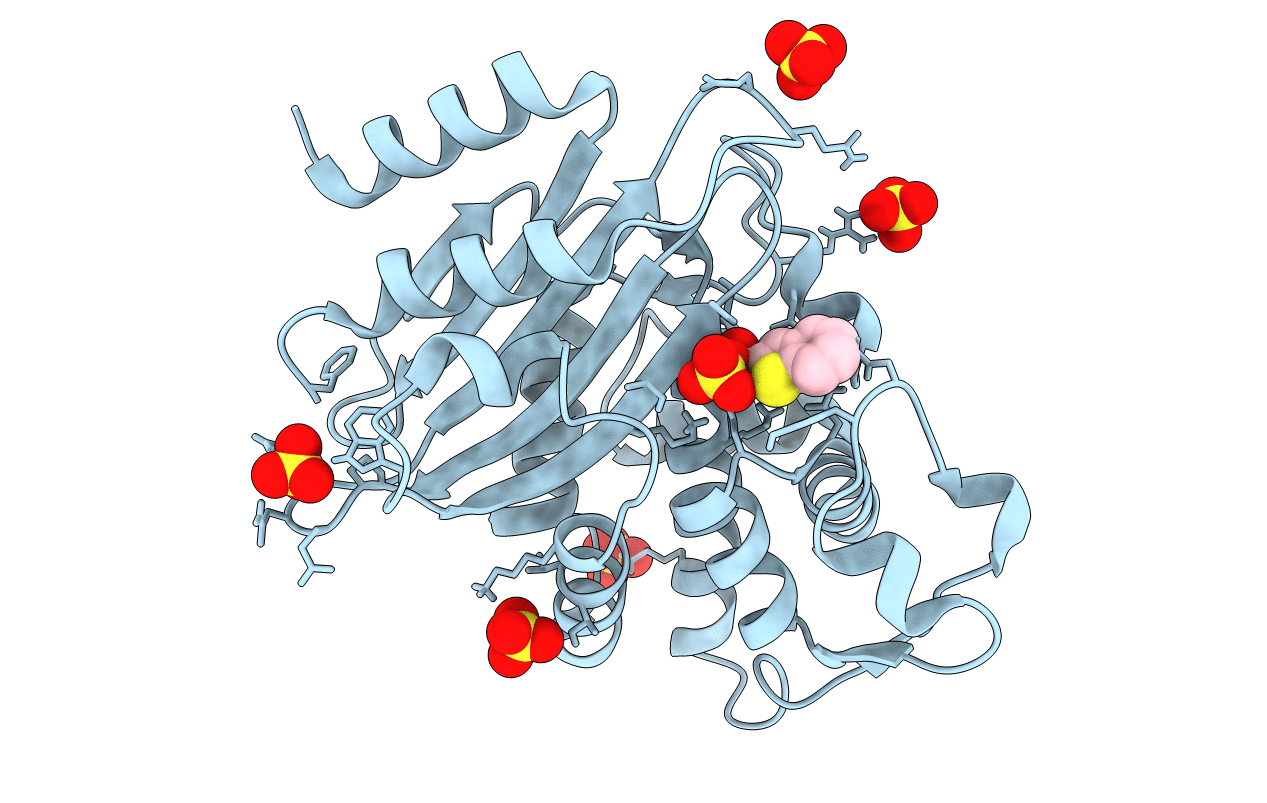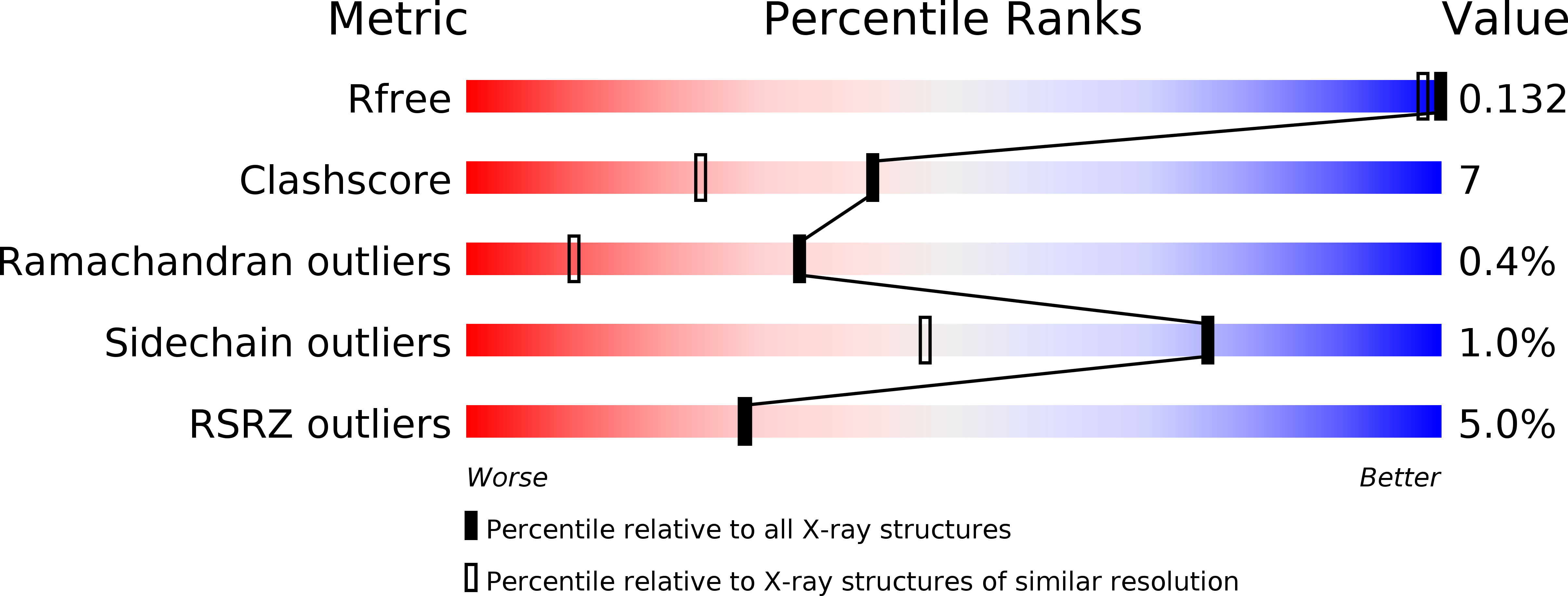
Deposition Date
2012-10-04
Release Date
2013-01-09
Last Version Date
2025-10-01
Entry Detail
PDB ID:
4BD0
Keywords:
Title:
X-ray structure of a perdeuterated Toho-1 R274N R276N double mutant Beta-lactamase in complex with a fully deuterated boronic acid (BZB)
Biological Source:
Source Organism:
ESCHERICHIA COLI BL21 (Taxon ID: 511693)
Host Organism:
Method Details:
Experimental Method:
Resolution:
1.21 Å
R-Value Free:
0.13
R-Value Work:
0.11
R-Value Observed:
0.11
Space Group:
P 32 2 1


